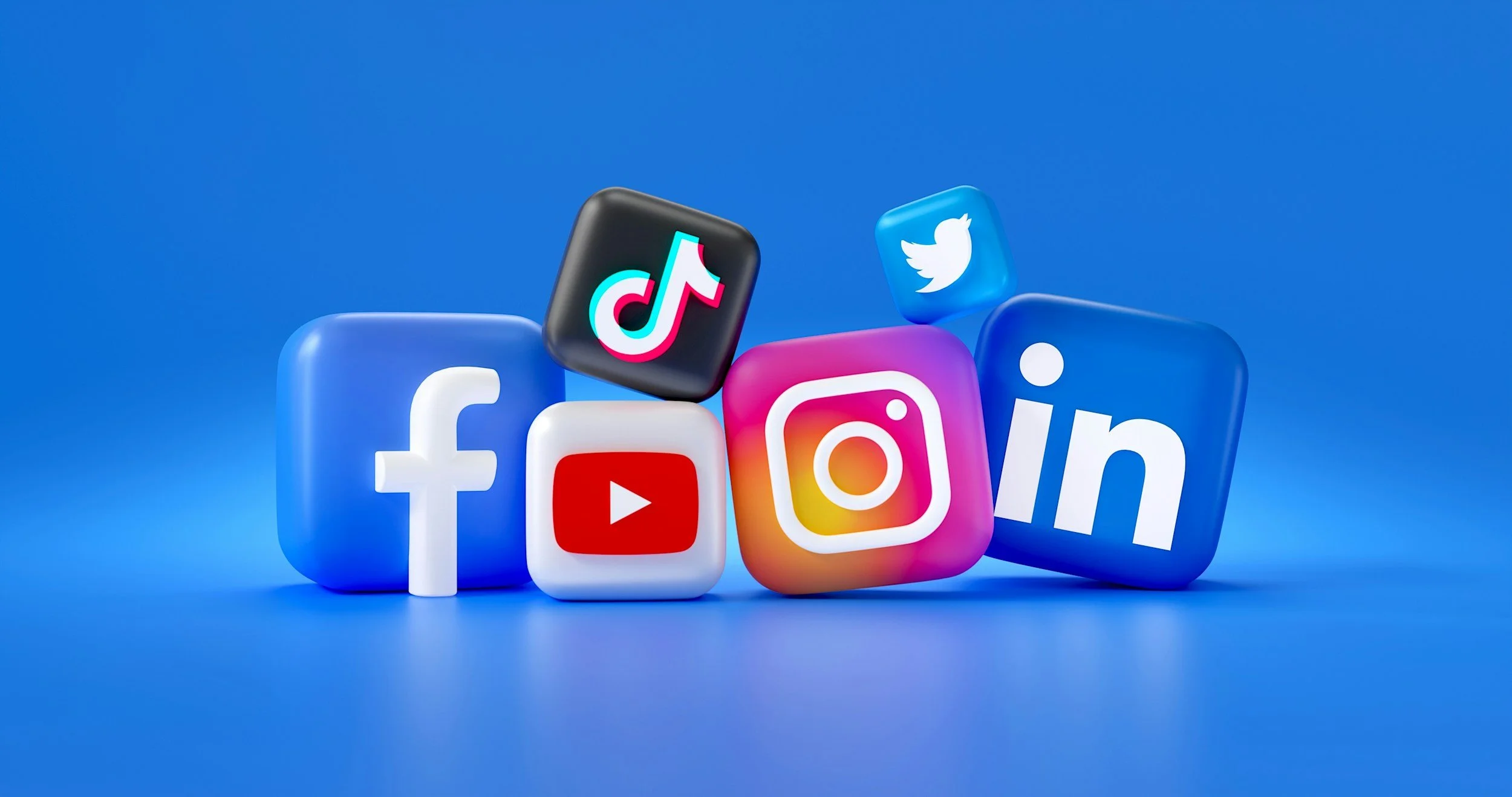Social Media Affects Journalism
What are the positives and negatives of an age that allows nearly anyone to create and publish content?
The positives is that it’s easier than ever to get noticed and have something go viral to make a name for yourself, especially if you’re looking for a job or want to create your own brand. Anyone can be a journalist or a content creator just by clicking a few times on your phone or computer. The downside to this is that there’s a multitude of false information out there in the world that people rely on too much to make their own opinion on different topics or ideas. One example of this could be politics or news. If the mainstream media has the same facts about something, but one extremist twitter account has a post that is false but has thousands and thousands of followers, then people will still skew towards that. There needs to be a new system of limiting the media sites available to us. There’s definitely a lot more competition than there used to be for both news and publishing content.
What is meant by an “active” audience? How have news consumers’ habits changed?
An “active” audience is those that view content and engage with it or respond or comment on certain posts. This is all about engagement. News consumers’ habits have changed by mostly watching short videos or reading a quick article from a push notification on a phone rather than sitting down and watching a full newscast. Most people want snappy, correct info and get on with their day. Attention spans have shortened.
Describe the relationship between journalists and the audience today.
There is now a two-way relationship or conversation between journalists and the audience. There used to be just a one-way conversation when all people did was read the newspaper or watch TV news, because they couldn’t directly respond to what the journalists were saying. Although my grandpa actually used to email his favorite sports writer in the SF Chronicle quite a bit. Nowadays, the audience can engage with what journalists are publishing and they can choose to have a conversation if they’d like.
What are the skills journalists need in our mobile and social media world?
Journalists need to be quick and witty, but not forgetting that the truth must come first before publishing. Don’t just be first to be first. Always be accurate. Also, journalists need to be able to snap videos with their phones and know how to create content for audiences on different platforms and adjusting accordingly.
This chapter highlighted how mobile devices and social media are impacting journalists’ work in three ways: newsgathering, distribution of news, and audience engagement. For each category, find your own examples and discuss them as a class.
Newsgathering is done on mobile platforms with phones and social media. The distribution of news is often found a lot now on social media along with online articles on news websites. Many of those websites are now requiring that people pay to read the articles and pay for a subscription, just like they would if they were to receive a newspaper at their house. The audience is once again engaging with this content on social media.

